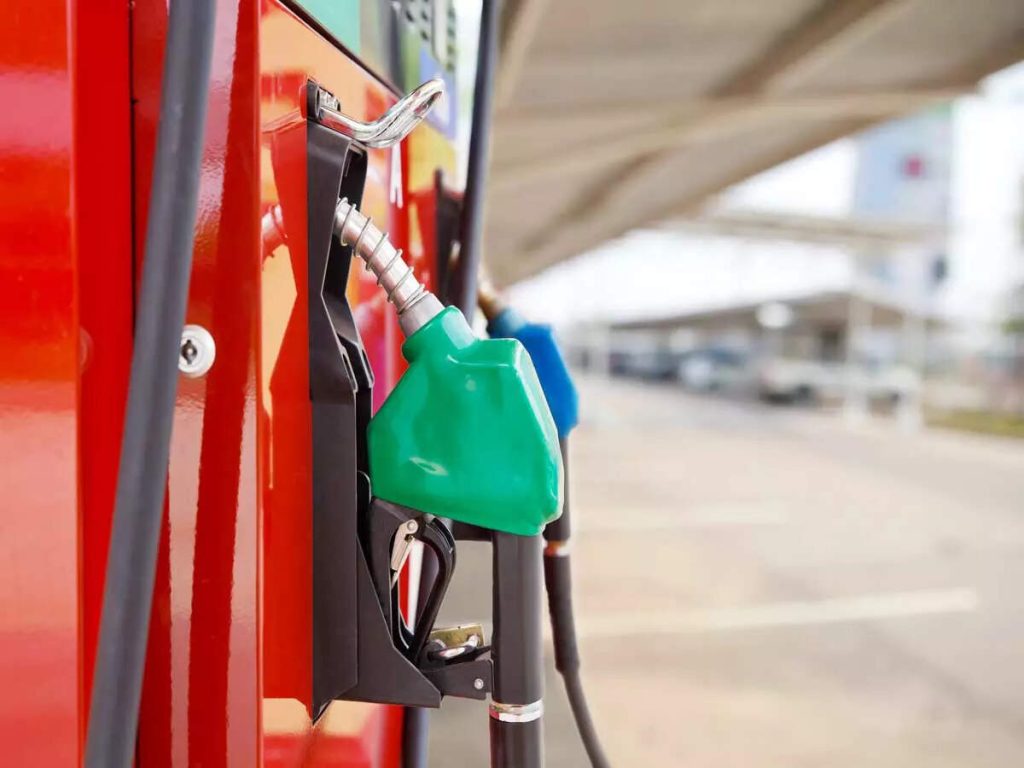

**Petrol Rates Anticipated to Climb by Rs. 11 Per Litre: Essential Information**
In recent updates, consumers are getting ready for a notable jump in petrol rates, with reports suggesting a possible increase of Rs. 11 per litre. This projected rise is linked to various factors influencing both global and domestic oil markets. Here’s an in-depth overview of the reasons behind the expected spike in petrol prices and what it signifies for consumers and the economy.
**Reasons Behind the Price Rise**
1. **Global Oil Market Trends**: The international oil market is facing fluctuations due to geopolitical conflicts, changes in output levels by key oil-producing nations, and variations in global demand. OPEC+ decisions regarding production cuts or maintenance significantly influence worldwide oil prices, which subsequently impact local petrol costs.
2. **Currency Exchange Fluctuations**: The exchange rate between the domestic currency and the US dollar is vital in setting petrol rates. A depreciated local currency increases the cost of oil imports, thus driving up petrol prices.
3. **Surge in Demand**: Following the pandemic, the economic recovery has resulted in greater fuel demand as industries boost production and travel resumes. This elevated demand exerts upward pressure on prices.
4. **Supply Chain Issues**: Interruptions in the supply chain, whether from natural disasters, logistical obstacles, or geopolitical troubles, can cause shortages and heightened costs, which get passed on to consumers.
**Consequences for Consumers**
The projected increase in petrol prices will directly affect household budgets. Commuting costs will rise, impacting daily travel and the prices of goods since transportation is a major factor in supply chain expenditures. Consumers may need to revise their spending habits, prioritize essential travel, and look for alternative transportation methods to lessen the effects.
**Economic Ramifications**
1. **Inflationary Pressure**: A hike in petrol rates contributes to inflation, as the costs of goods and services escalate. This can diminish purchasing power and influence consumer expenditure, which is a key factor in economic growth.
2. **Business Impact**: Companies, especially those dependent on logistics and transport, will incur higher operational expenses. This may result in increased prices for goods and services, affecting both competitiveness and profit margins.
3. **Government Action**: The government might need to contemplate policy actions to alleviate the burden on consumers, such as modifying fuel taxes or offering subsidies. However, these strategies can lead to budgetary constraints.
**What Can Consumers Do?**
1. **Enhancing Fuel Efficiency**: Consumers can strive to improve fuel efficiency by getting their vehicles maintained, employing fuel-efficient driving practices, and considering carpooling or public transport.
2. **Revising Budgets**: Assessing and adjusting household budgets to reflect rising fuel costs can help alleviate financial strain.
3. **Stay Updated**: Keeping informed about market developments and government announcements allows consumers to make educated choices regarding fuel use and budgeting.
In summary, the anticipated increase in petrol prices by Rs. 11 per litre represents a significant occurrence with widespread effects for consumers and the economy. Though the reasons behind this rise are intricate and varied, understanding them can assist individuals and businesses in preparing for and adapting to the evolving economic environment.






